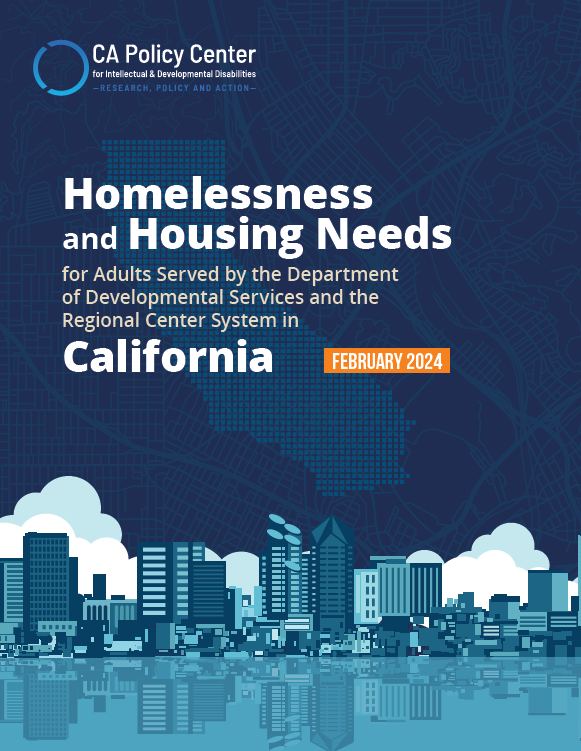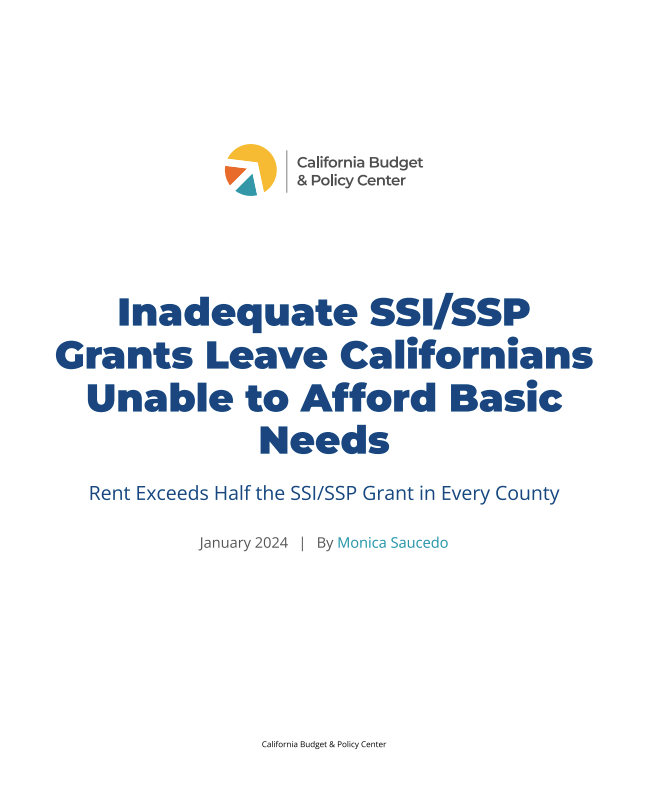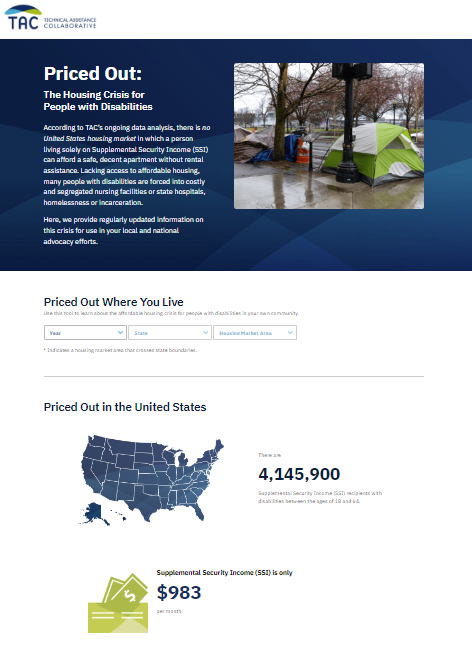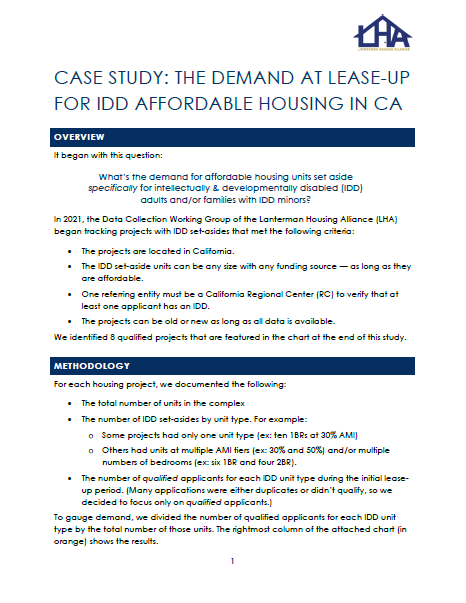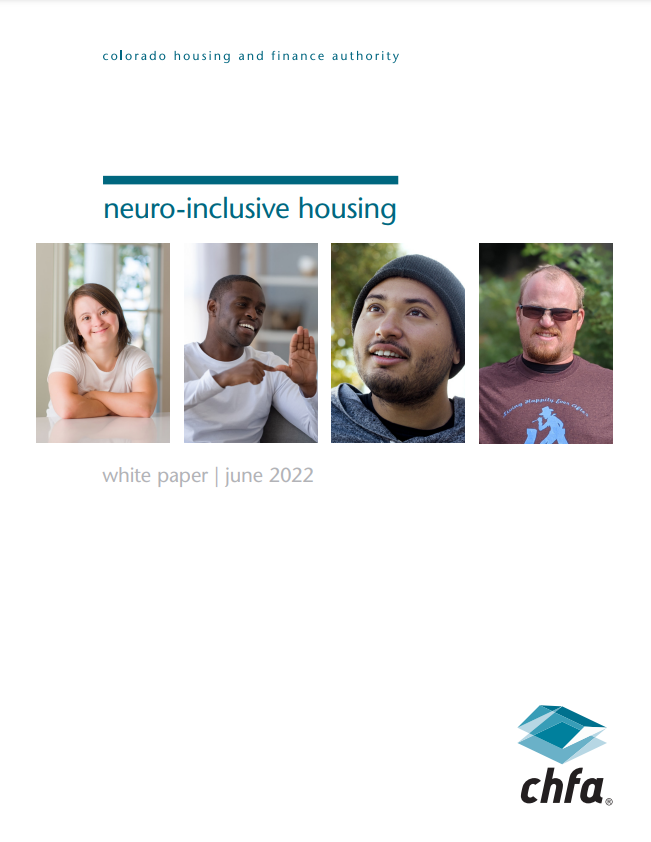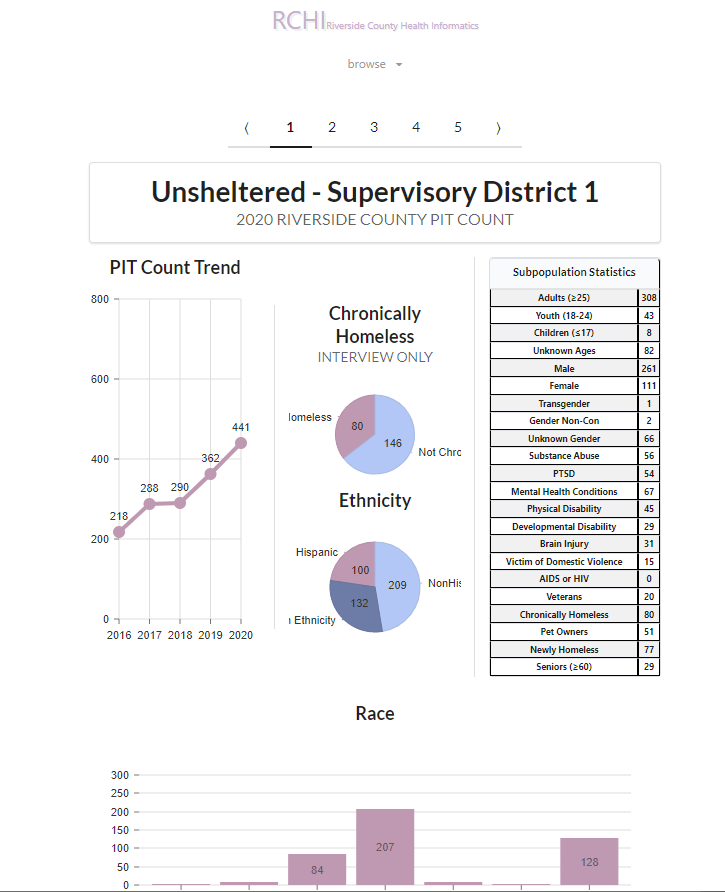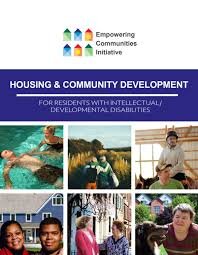HOUSING DATA LIBRARY
The Lanterman Housing Alliance is proud to present our Data Library. Our goal is to place here as many affordable housing research resources that relate to the Intellectual and Developmental Disabilities community. Consider this a “one-stop shop” for our Partners, Members, and Affiliates. If you are not part of LHA, please feel free to use our resources to your benefit and consider a membership by visiting here.
Published Reports & Statistics
This data brief reviews available data relating to the prevalence of individuals with developmental disabilities (DD) among the unsheltered population. Although existing research and policy analyses have focused on the overrepresentation of individuals with substance use disorder (SUD) and mental health issues, the unique needs of the unsheltered DD population warrant additional attention.
The California Policy Center for Intellectual and Developmental Disabilities (CPCIDD) reserached and published a comprehensive report on the current state of housing need facing people with I/DD and makes recommendations on how better track and address this need accross the state.
DATA: Inadequate SSI/SSP Grants Leave Californians Unable to Afford Basic Needs (CBPC, 2024)
The California Budget & Policy Center publishes data showingn that California’s aid to low-income seniors and people with disabilities cannot compete with the high cost of housing.
DATA: Priced Out: The Housing Crisis for People with Disabilities (TAC, 2024)
According to TAC’s ongoing data analysis, there is no United States housing market in which a person living solely on Supplemental Security Income (SSI) can afford a safe, decent apartment without rental assistance. Lacking access to affordable housing, many people with disabilities are forced into costly and segregated nursing facilities or state hospitals, homelessness or incarceration.
California Housing Partnership Corporate (CHPC) developed a methodology to analyze relevant State Department of Developmental Services (DDS) and census data to estimate the number of households that include people with I/DD who are cost-burdened in relation to housing.
CASE STUDY: The Demand for IDD Affordable Housing in California (LHA, 2023)
Between 2021-2023, the LHA Housing Needs Data Working Group tracked projects with IDD set-asides to analyze the demand for those units and number of applications each available apartment received during their initial lease up periods.
WHITE PAPER: Neuro-inclusive Housing (Colorado Housing and Finance Authority, 2022)
Colorado Housing and Finance Authority (CHFA) commissioned this white paper to explore the housing needs and related resources in Colorado for residents with an Intellectual and/or Developmental Disability (I/DD). The paper provides background information about the history of residential options for individuals with I/DD, and also provides an overview of current barriers, unique considerations, and resources available to both individuals and housing developers.
REPORT: Riverside County Health Informatics - General Sheltered and Unsheltered Information (2020)
Under the Newly Homeless, Supervisorial Districts, and City Table tabs in this report, RCHI identifies persons with developmental disabilities who are experiencing homelessness. In the unsheltered category, 202 people are reported as having a developmental disability, out of the 2,155 total in the county. That is 9.3% of the total unsheltered population
REPORT: San Bernardino County Homeless Count and Subpopulation Survey (2020)
There were 3,125 persons who were counted as homeless on Thursday, January 23, 2020. The previous homeless count and subpopulation survey was completed in 2019 when 2,607 persons were counted. Of those identified as chronically homeless, 10% reported having a developmental disability.
SURVEY: Housing Rank and Feedback from SCDD Statewide Priorities Survey (SCDD, 2020)
SCDD asked its statewide constituents what their priorities should be for their future strategic plan. Housing rose as high as #2. See quotes from survey participants answering why housing is important to them.
REPORT: Statewide Strategic Framework (SCDD, 2018)
Expanding Housing Opportunities for People with Intellectual and Developmental Disabilities
REPORT: There’s No Place Like Home (CQL & The Arc)
A National Study of How People with Intellectual and/or Developmental Disabilities and Their Families Choose Where to Live
REPORT: Priced Out 2020 (TAC, 2020)
Analysis documents an affordable housing crisis for millions of people with disabilities across the United States and includes stats for CA and specific CA cities
WEBSITE STATS: Where Will I Live? (Autism Housing Network)
Housing Trends for Individuals with Intellectual/Developmental Disability
REPORT: Colorado Housing & Community Development (Autism Housing Network)
For Residents with Intellectual/Developmental Disabilities
REPORT: Fact Book Fiscal Year 2017-2018 (DDS, 2018)
The Fact Book presents pertinent data about the individuals served by the Department of Developmental Services (DDS) and includes an overview of services and trends in California.
REPORT: Bridge Funding to Meet Community and Individual Needs (ARCA, 2017)
Speaks to the rate of closure associated with licensed group homes.
REPORT: Regional Center Consumer Data by Residence as 2018-04: Statewide Summary of Consumers and Preliminary Needs Factors (DDS, 2018)
Spreadsheet that breaks down where RC clients currently live
REPORT: 2020 Greater Los Angeles Homeless Count – Los Angeles Continuum of Care (LAHSA 2020)
Provides homeless count of people with developmental disabilities.
Focuses on the data and tools needed to create more places for those in search of homes and a sense of community belonging – everywhere
REPORT: CHILDREN ON THE AUTISM SPECTRUM AND FAMILY FINANCIAL HARDSHIP (NATIONAL AUTISM INDICATORS)
This report describes financial hardship among families of children with ASD (ages 3-17 years) and their participation in safety net programs.
REPORT: Survey of Service Coordinators on Housing Needs of Clients (SDRC, 2020)
This brief report looks at the Housing needs for people with Intellectual and Developmental Disabilities.
This paper explores the issues facing individuals, families, providers, and policy leaders across the country.
The report includes actionable interventions generated by the diverse stakeholders who participated in our Together We Can Do More Initiative.
This report seeks to estimate the number of adults with IDD who are facing housing insecurity in Oregon and Southwest Washington and identifies key recommendations that can improve housing options and stability.


